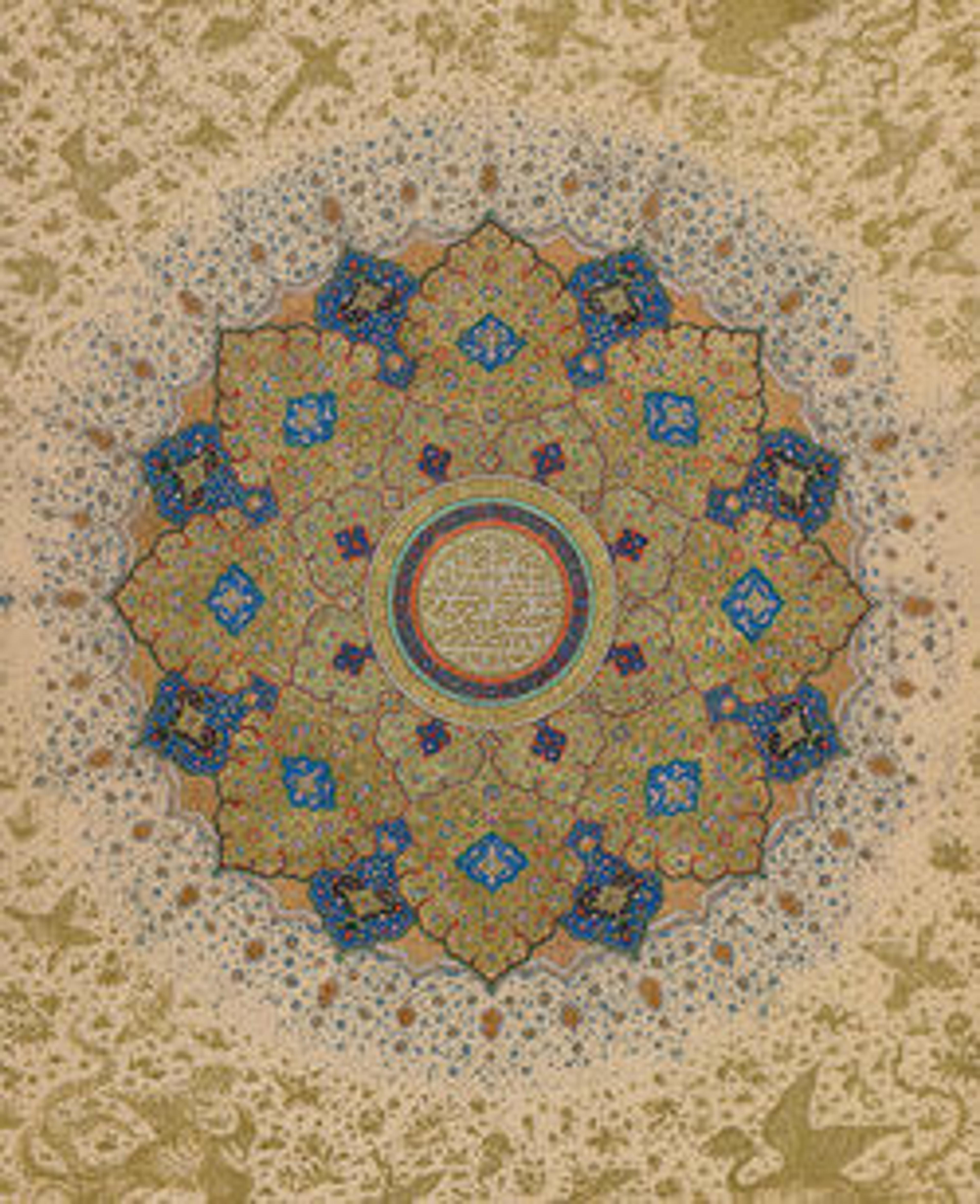Bottle with Incised Decoration
This bottle along with a bowl (11.137.1) are part of a group of Iranian ceramics known as Gombroon ware, named after a trading post on the south coast of Iran. Ideally situated, the port was frequented by both the Dutch and English East India Companies and served as an entrepot for ceramics and other luxury goods into Europe. The style of Gombroon ceramics and their role in international trade reflect the significant artistic, cultural, and economic ties that existed between China, Iran, and Europe in the seventeenth century.
Like much of Iranian ceramic production from the ninth century onward, Gombroon wares sought to emulate Chinese ceramics, which were especially prized, not only for their aesthetic appeal but also for their unique technical qualities. Gombroon ware is characterized by incised lines that serve to emphasize the thinness of the walls — a characteristic of Chinese porcelain that Iranian craftsmen hoped to emulate. Since kaolin, the white clay used to create Chinese porcelain, was unavailable in the region, craftsmen used incisions to create a subtle play of translucency and opacity. The bottle is ornamented with scrolling cloud bands which cover the body, a decorative detail that is also of Chinese origin.
Like much of Iranian ceramic production from the ninth century onward, Gombroon wares sought to emulate Chinese ceramics, which were especially prized, not only for their aesthetic appeal but also for their unique technical qualities. Gombroon ware is characterized by incised lines that serve to emphasize the thinness of the walls — a characteristic of Chinese porcelain that Iranian craftsmen hoped to emulate. Since kaolin, the white clay used to create Chinese porcelain, was unavailable in the region, craftsmen used incisions to create a subtle play of translucency and opacity. The bottle is ornamented with scrolling cloud bands which cover the body, a decorative detail that is also of Chinese origin.
Artwork Details
- Title:Bottle with Incised Decoration
- Date:first half 18th century
- Geography:Made in Iran
- Medium:Stonepaste; incised under transparent glaze (Gombroon ware)
- Dimensions:H. 14 in. (35.6 cm)
- Classification:Ceramics
- Credit Line:Edward C. Moore Collection, Bequest of Edward C. Moore, 1891
- Object Number:91.1.131
- Curatorial Department: Islamic Art
More Artwork
Research Resources
The Met provides unparalleled resources for research and welcomes an international community of students and scholars. The Met's Open Access API is where creators and researchers can connect to the The Met collection. Open Access data and public domain images are available for unrestricted commercial and noncommercial use without permission or fee.
To request images under copyright and other restrictions, please use this Image Request form.
Feedback
We continue to research and examine historical and cultural context for objects in The Met collection. If you have comments or questions about this object record, please contact us using the form below. The Museum looks forward to receiving your comments.
